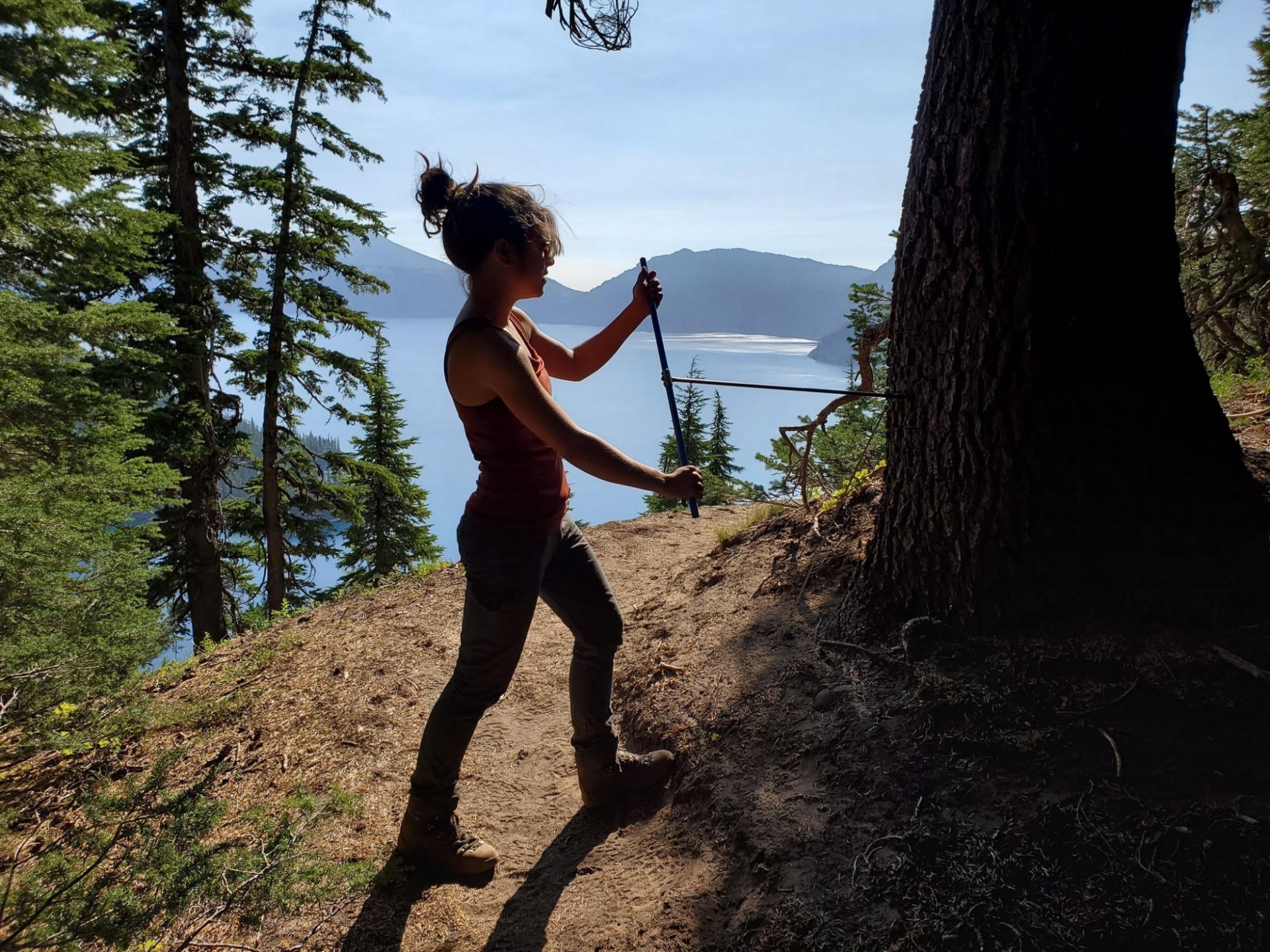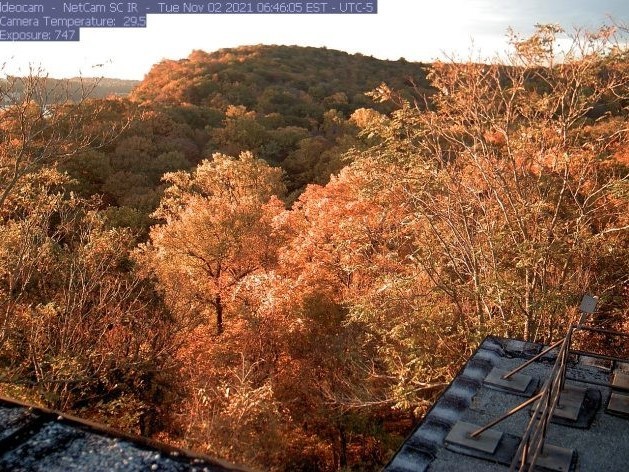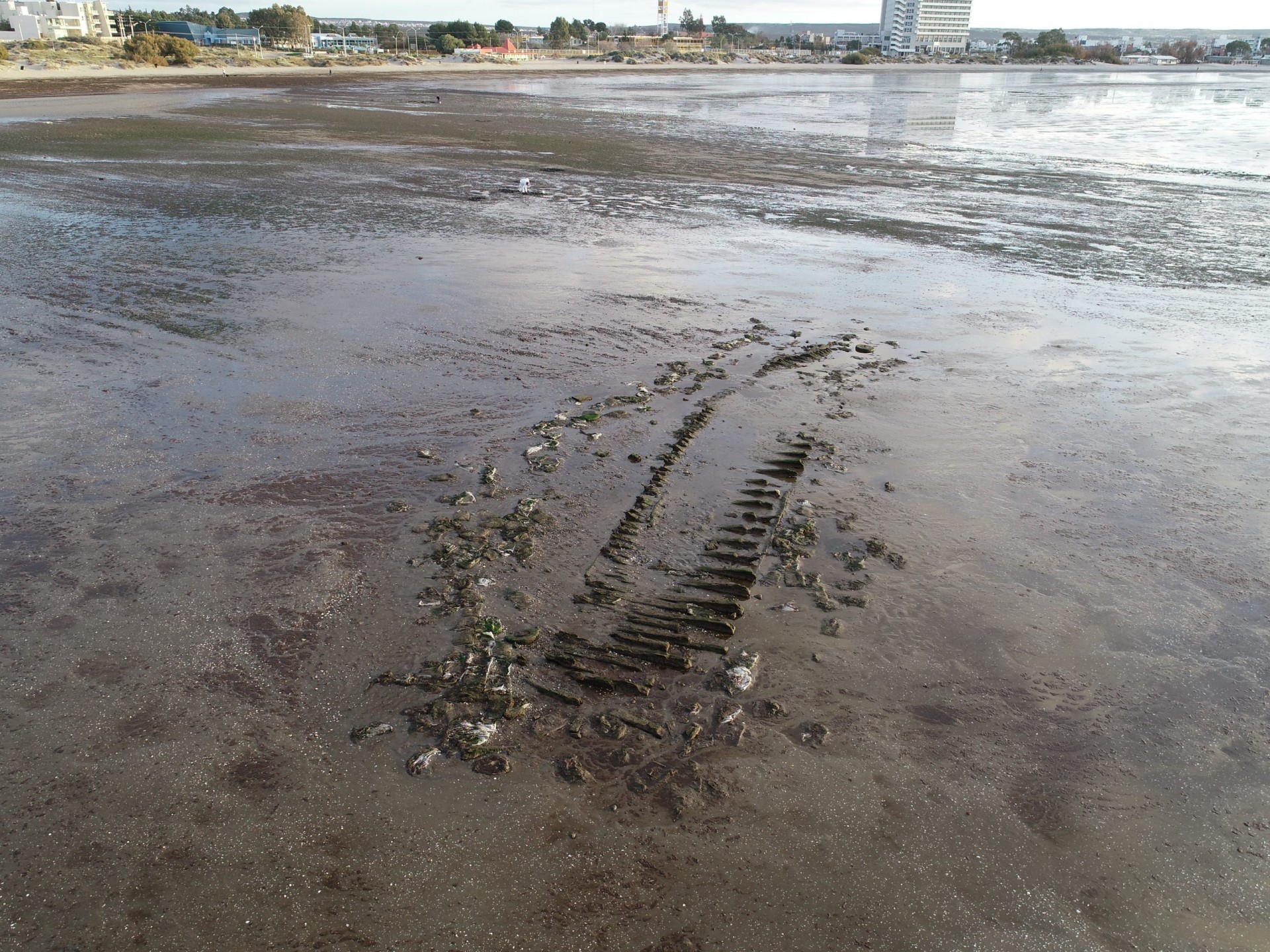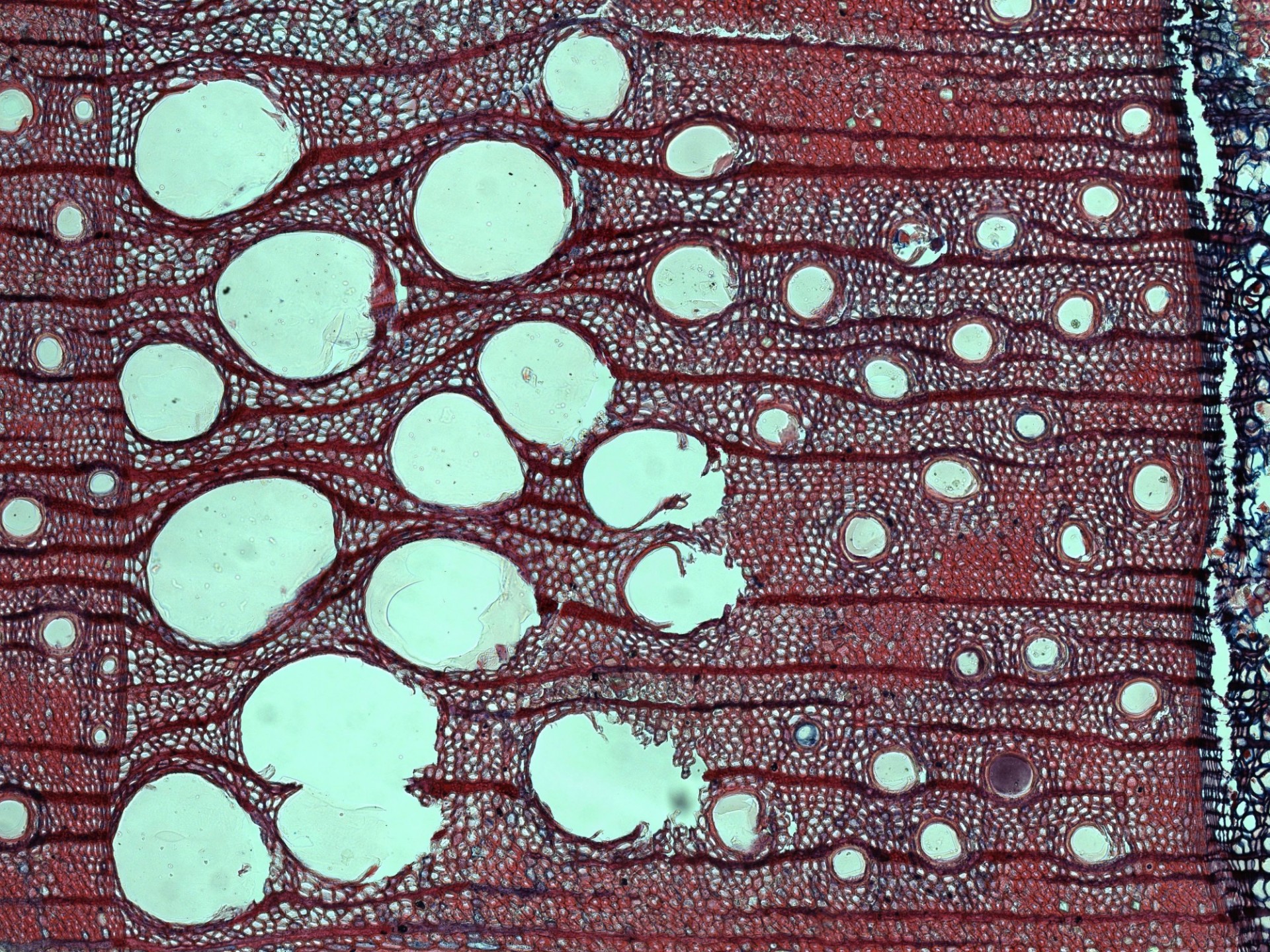"Silent though they are, the trees, it turns out, can speak volumes. The size, density, anatomy and chemistry of each ring reflect the environmental conditions in the year in which it grew. So like ancient scribes, long-lived trees can sensitively record the environmental history of a given place and time."
Tree Ring Lab scientists are dedicated to expanding the use and application of tree-ring research around the world to improve our understanding of past climate and environmental history. Current research concentrates on the use of tree-ring data networks to study regional climate, global climate teleconnections, and anthropogenic impacts on forest growth.
Exploring new species in new regions, building collaborations around the world, and developing new quantitative techniques, Tree Ring Lab researchers are committed to advancing dendrochronology and paleoclimatology, as well as the ethic of good science.
Drought Atlases
Drought atlases are extensive, centuries-long records of wet and dry periods for a given region, derived from the data contained in tree rings.
Ed Cook and his colleagues published the first of these, the North American Drought Atlas (2004), followed by the Monsoon Asia Drought Atlas (2010), and the Old World Drought Atlas (2015), Eastern Australia and New Zealand Drought Atlas (2015), and South American Drought Atlas (2020).
Subsequent studies building on the atlases have yielded new insights into how droughts may have adversely affected past civilizations, and the increasingly apparent role of human-induced warming on modern climate.
Scientists across a range of research disciplines use drought atlases to improve understanding of climate phenomena, determine patterns of climate variability back in time, and improve predictions of future climate scenarios.
Drought atlases provide critical information to governments for decision-making and policy, as well as to those working in finance, industry, and non-governmental organizations on matters related to water, the environment, and sustainability.
Historians also find drought atlases to be extremely useful, too. Through research at Lamont, we’ve learned there is an association between both the rise and the fall of certain civilizations and peoples and variations in wetness and dryness.
History of the Tree Ring Lab
The Lab’s tree ring work in the U.S. Southwest documents a history of drought. Ed Cook (above) published a landmark paper in 2004 describing past megadroughts that extended for hundreds of years. Later work with bristlecone pines tracked 1,100 years of El Nino/La Nina fluctuations. Photo: Paul Krusic
Learn more about the Tree Ring Lab's history.
Microscopic World of Wood
"I want to show the microscopic world of wood and its incredible beauty. Each species has its own characteristics, and by measuring their forms and structures, the trees are giving us amazing information about the environments in which they were growing all of their lives."






























